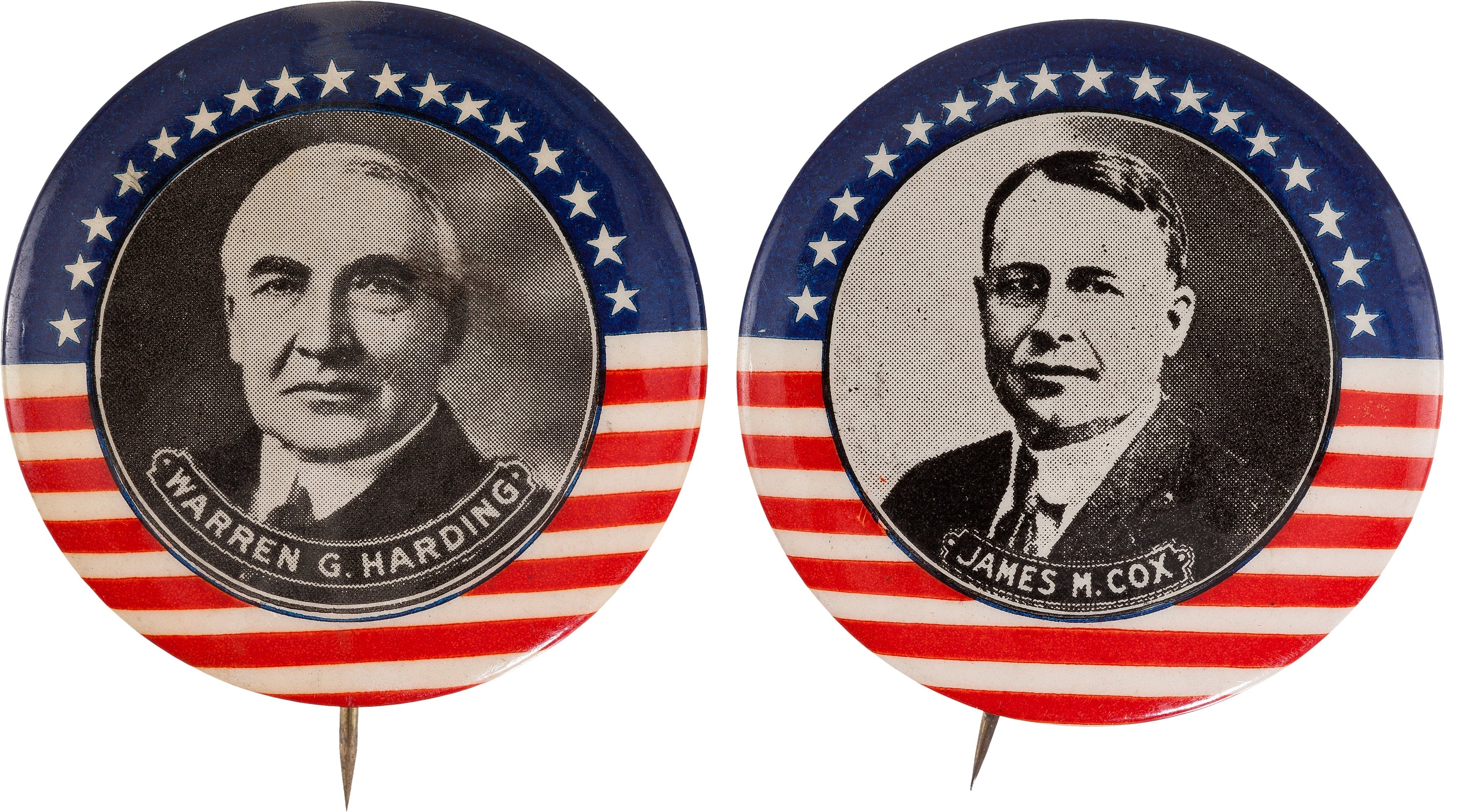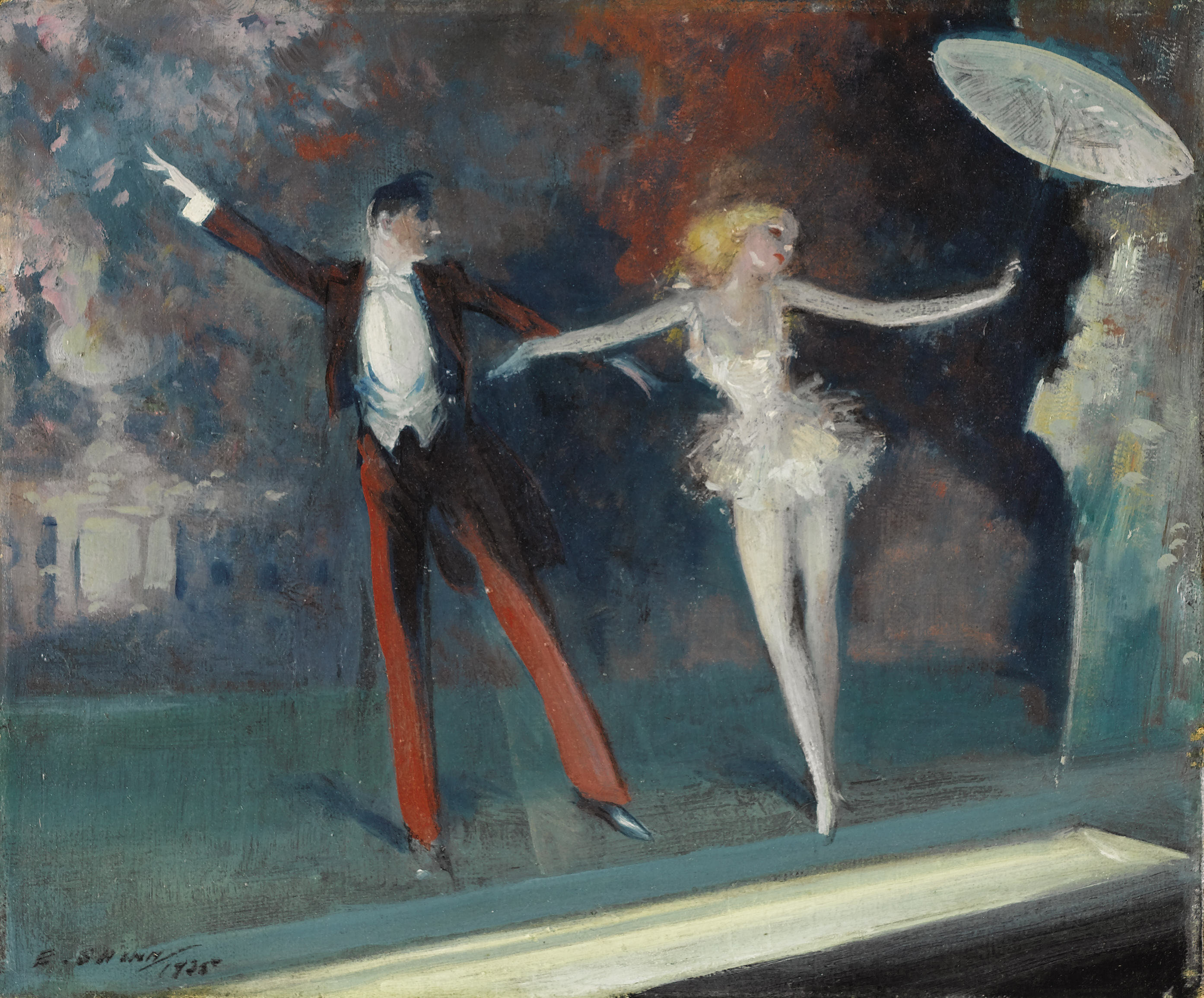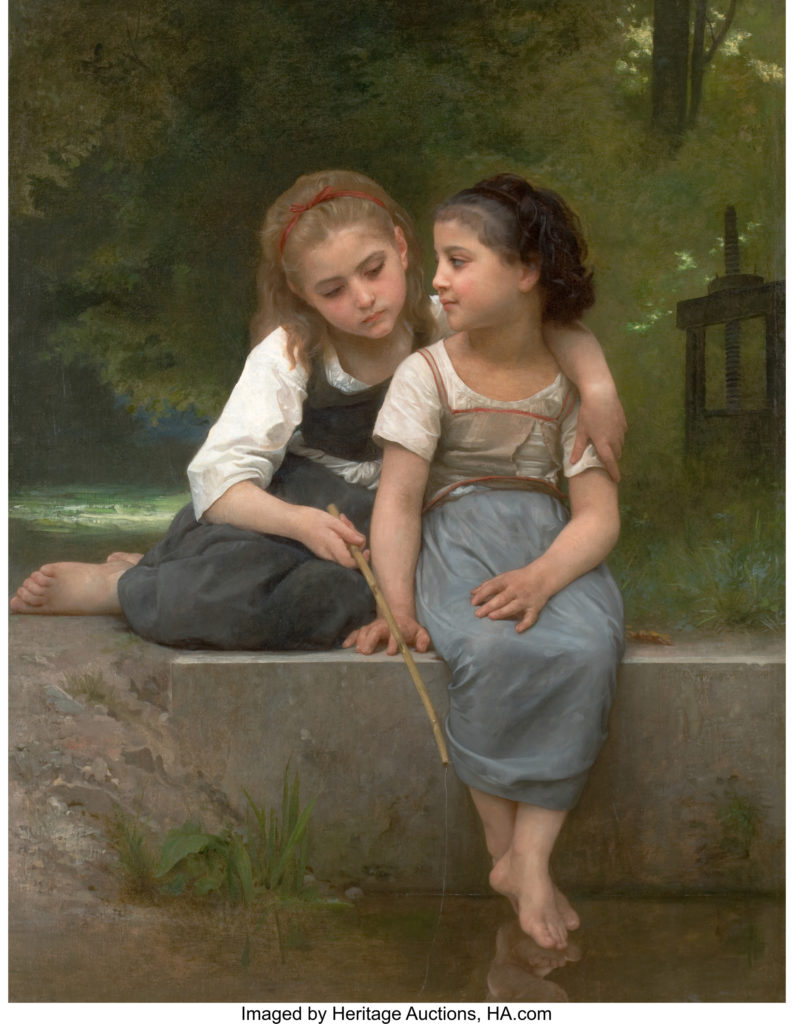
By Jim O’Neal
In the opening paragraph of his handwritten letter dated June 22, 1969, to Velma Kimbell, the architect Louis Kahn wrote, “I hope you will find my work beautiful and meaningful.”
Kimbell and her late husband wanted a great museum for the city of Fort Worth, Texas. They were part of that sliver of truly rich willing to give up artistic power to people who knew more. The Kimbells would pay for the entire museum, donate the nucleus of a fine collection, and leave an endowment of such magnitude that the Kimbell Art Museum would be among the handful of museums able to aggressively buy the best.
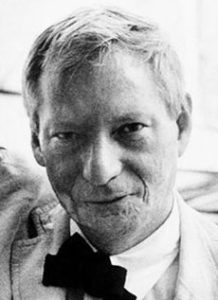
What they did, to pay them the highest compliment, was equivalent to what the Mellon family did 30 years earlier. Few people in the history of this nation have used their fortune on behalf of the arts as the Mellons, starting with the National Gallery of Art in Washington, D.C. Andrew Mellon (1855-1937) wrote to President Franklin D. Roosevelt in 1936 offering his superb collection and funds for a new museum to house it.
When it opened to the public on March 17, 1941 (Mellon was dead), the world-class collection consisted of 120-plus paintings and 26 sculptures given by his son Paul Mellon, another giant in the world of art philanthropy. Over the ensuing years, Paul and his wife Bunny donated more than 1,000 works of art! Bunny was famous for entertaining and insisted on serving bowls of perfect Lays chips (her secret was to have servants pick out broken chips).
Louis Kahn’s letter to Velma Kimbell, written four days before groundbreaking ceremonies (he could not attend), was polite, but was NOT representative of a deeply held conviction. “Even when serving the dictates of individuals, you still have no client in my sense of the word. The client is human nature.”
No museum has served that usually overlooked client better!
Kahn wanted light to have the luminosity of silver as it reflected off the distinctive cycloidal concrete vaults. The light provides a sense of the time of day (it reminds me of beach light) but avoids the enemy of art: direct sunlight – especially the ferocious light of Texas summers. Instead of inducing fatigue, as most museums do, the Kimbell is restorative. “The feeling of being home and safe,” said Kahn, explaining his own magnificent piece of art the museum represents.
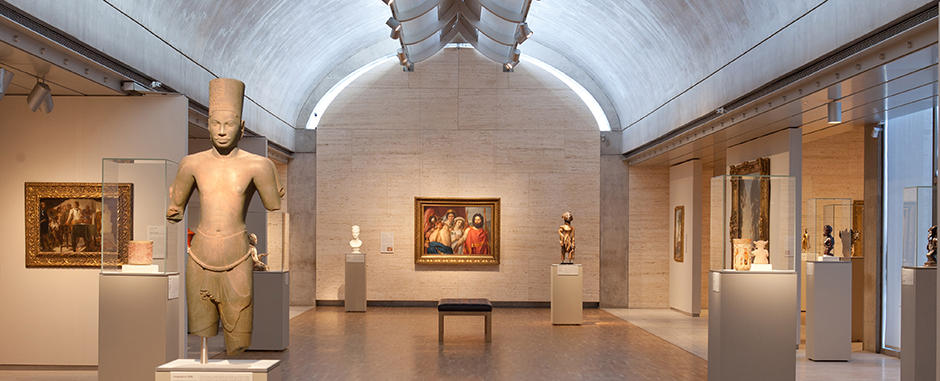
A prime, early policy directive was definitive excellence, not size of collection. With a collection size of 350 superb European Old Masters, that goal has been accomplished.
Personally, I prefer the nearby Amon Carter Museum for three small reasons. First, I prefer its Frontier West tone. Second, I am jaded about “Old European Masters” after living in Central London for five years (yawn). Third, it gives me an easy segue into two apocryphal stories about the Carters.
Amon Carter Sr. (1879-1955) was so disdainful of Dallas that he would bring a sack lunch so he would not have to spend any money when he visited the city. “Fort Worth is where the West begins – and Dallas is where the East peters out.”
Although I have owned coins and currency that Amon Carter Jr. once owned, I never met him. He died of a heart attack in 1982. But one of his advisers, a Dallas coin dealer, told me they were in a bar in NYC when a loudmouth asked Amon how big his Texas ranch was and scoffed when Amon replied 30 acres.
“Thirty acres? I thought all you Texans had BIG ranches. Where is yours?”
Amon answered softly. “All of downtown Fort Worth.”
Not all acreage is born equally.
 Intelligent Collector blogger JIM O’NEAL is an avid collector and history buff. He is president and CEO of Frito-Lay International [retired] and earlier served as chair and CEO of PepsiCo Restaurants International [KFC Pizza Hut and Taco Bell].
Intelligent Collector blogger JIM O’NEAL is an avid collector and history buff. He is president and CEO of Frito-Lay International [retired] and earlier served as chair and CEO of PepsiCo Restaurants International [KFC Pizza Hut and Taco Bell].

